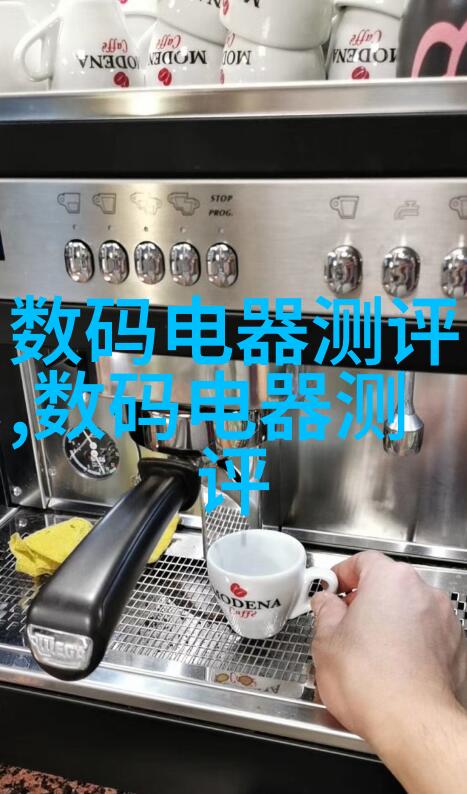
机器视觉led点光源智能照明技术的应用
机器视觉led点光源:未来照明的智能革命吗?

在当今这个科技日新月异的时代,照明不再仅仅是简单地发光,它已经演变成了一个集技术、艺术和生态于一体的综合领域。其中,机器视觉led点光源作为一种新兴技术,它正在quietly revolutionize the way we light up our lives。
LED灯与传统灯泡相比有哪些优势呢?

传统的白炽灯泡和荧光灯由于其效率低下、寿命短以及环境污染等问题,不断受到批评。而LED(发光二极管) lamps, on the other hand, offer a range of advantages that make them an attractive alternative. First and foremost, LEDs are incredibly energy-efficient. They use significantly less power than traditional lighting sources to produce the same amount of light. This not only reduces electricity bills but also helps to decrease carbon emissions and slow down global warming.
Furthermore, LED lights have a much longer lifespan than incandescent bulbs or fluorescent tubes. While traditional lighting options may last for around 1,000 hours before burning out, LEDs can continue to function for up to 50,000 hours or more under normal usage conditions. This means that businesses and homeowners can enjoy significant cost savings over time by reducing replacement costs.

Moreover, LED lights are environmentally friendly because they do not contain toxic materials like mercury or lead found in some fluorescent bulbs. They also generate very little heat compared with other types of lighting which makes them safer to touch even after being switched off for extended periods.
However, despite these benefits LED lamps still lack one key feature - color temperature adjustment capability which is where machine vision technology comes into play.

Machine Vision Technology: The Key To Color Temperature Adjustment
Machine vision technology refers to the application of computer vision techniques in industrial settings such as quality control manufacturing inspection sorting etc.. In the context of led point light source it allows us to adjust color temperature according to different environments requirements thus enhancing overall user experience.

By leveraging machine learning algorithms computer systems can analyze visual data from cameras mounted near each lamp fixture and adjust brightness intensity hue saturation levels accordingly based on factors such as time-of-day ambient light levels surrounding objects colors etc.. This results in more efficient energy consumption better mood enhancement through tailored lighting conditions improved safety via reduced glare potential increased ambiance creation through precise color rendering all while maintaining high reliability due its low maintenance nature since there's no filament involved unlike traditional lamps!
The integration of this advanced tech into everyday life has already started happening with smart home devices allowing users remote control access monitoring status updates scheduling routines across various platforms – making it easier than ever before manage their indoor outdoor spaces effectively efficiently sustainably!
With this cutting-edge innovation at our fingertips how will you choose illuminate your world?



